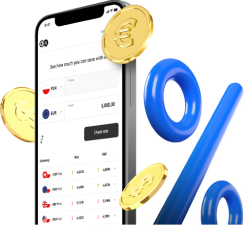The United States dollar is one of the most popular currencies in the world. It is mainly used to pair other currencies in order to determine their value or exchange rate. However, the dollar was not always the best known means of payment in the world, and the origin of its name can be found, among others, in southern Europe.
Table of contents
Czech origins of the dollar
Although the beginnings of USD came at the end of the 18th century, its name originated much earlier, and its contribution comes from the Czech silver, which was discovered at the turn of the 16th century.
A considerable amount of ore was quickly replaced by gold in coin production. It was more easily accessible and, above all, cheaper. Mass production of these coins started in 1518 in the Czech town of Sankt Joachimsthal. One Joachimsthaler Gulden, as the coins were called, contained about 27 grams of pure silver.
Czech coins quickly gained popularity thanks to the high quality and purity of silver. Due to their relatively long name, people began to call them Thalers. And the English name of this coin is of course the dollar.
In the middle of the 16th century silver mining in Central Europe dropped significantly, and the leading player in this field was Spain, which had numerous colonies in America, where further deposits of silver were discovered. Suffice it to say that for many years Spanish colonies were responsible for about 85% of world silver mining.
Coins minted from this material were used, among others, in Spanish colonies in South and Central America. They also reached British colonies in North America, where they began to be called Spanish dollars.
There were so many coins in circulation that the United States, after the declaration of independence, decided to accept the Spanish dollar as the official currency of the country, thus displacing the British pound.
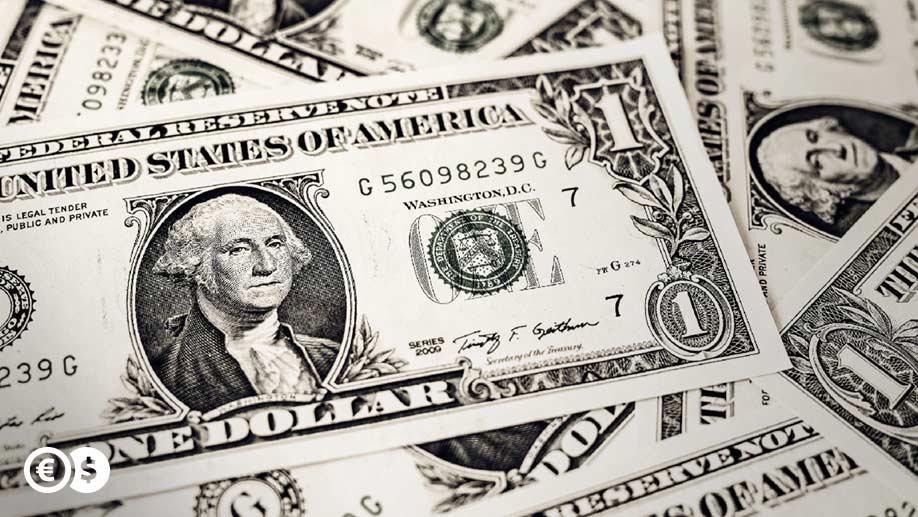
Continentals and the birth of the dollar
Slightly before, however, there were the so-called continentals, which were introduced during the period of preparations for the war of independence. The armaments required a lot of money, therefore the mass printing of these banknotes began. This ultimately resulted in hyperinflation. In the five years since the introduction of the continentals, their value was only 3.5% of the nominal value.
This problem was solved by Robert Morris, who founded the Bank of North America, financing it with his own money (Morris was a very rich man) and a loan from the French. As a result, in July 1785 the Continental Congress issued a new currency, the United States dollars, which still exist today.
At the same time, it was ensured that the new means of payment did not share the fate of the continentals. For this reason, the constitution of the United States includes a legal provision prohibiting individual states from printing their own money.
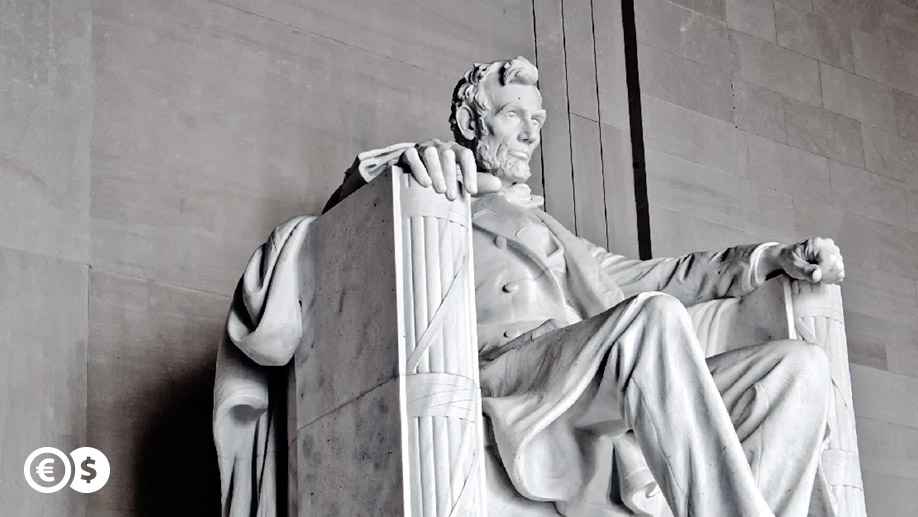
Dollars settled in ores and Executive Order 6102
For the next 40 years, dollars were settled in silver and gold. Coins from both metals were in the relationship 15:1. Silver weighed 24 grams and gold 1.6 grams. In 1834, however, the relationship was changed to 16:1, and one gold coin weighed 1.5 grams.
This was a measure limiting the value of silver, which was mined mainly by Spain. In the meantime, large gold deposits were discovered in the United States, which eventually resulted in the withdrawal of silver dollars from circulation. It happened in 1873.
In 1900, it was established that dollars could only be exchanged for gold. There was 1.5 grams of precious metal per dollar. The real "revolution" came in 1933. At that time, the President of the United States, Franklin D. Roosevelt, issued an order requiring the citizens to deliver all their gold to the Federal Reserve Bank. Gold was bought at 20.67 USD an ounce.
Those who did not abide by the order were fined up to 10.000 USD or even up to 10 years in prison. Thus, the possession of more gold became illegal in the United States.
The situation became even more peculiar a few months later. In January 1934, the Roosevelt administration increased the price of gold to 35 USD per ounce. The dollar was devalued and 40% of the previous year's purchasing power was taken away from it. People who were forced to sell their gold at that time were simply robbed. Noteworthy, the purchasing power also declined in the following years. Today you can buy the same amount of gold for 1 dollar as for 4 cents in 1900.
Interestingly, not all citizens let themselves be ripped off. According to Milton Friedman's estimates, approximately 3.9 million ounces of gold were confiscated as a result of a government order, which is only one fifth of the total in circulation in 1933. What happened to the rest of the gold? The government explained that the remaining coins were destroyed, exported outside the country or simply lost. Some of them would also be kept in numismatic collections.
The prohibition on gold possession was abolished not until 1974. At that time, however, the rule of exchanging gold for dollars did not apply. Richard Nixon terminated it. From that moment on, the American currency was in no way associated with precious metals.
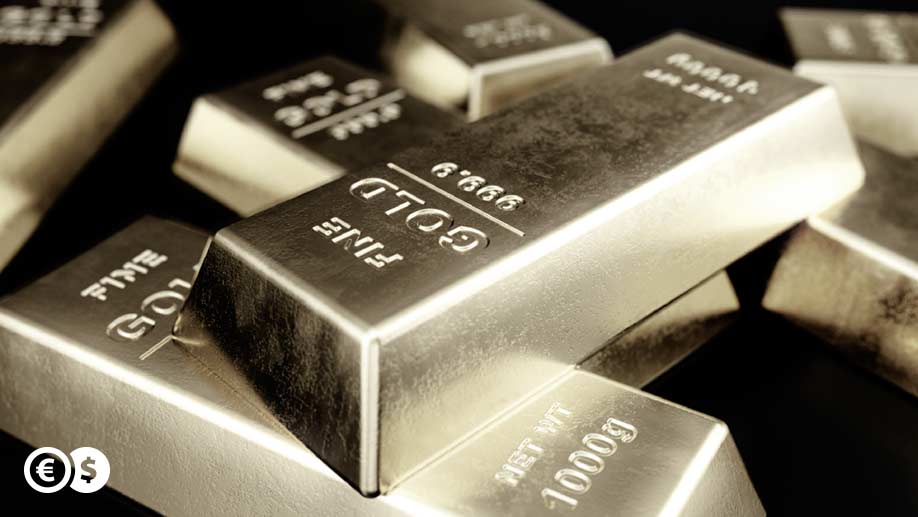
The peculiarity of greenback
All dollar banknotes have a similar appearance, regardless of the denomination. The colour on the back is so recognizable that the dollars are alternatively called "greenbacks". At the front, you can find elements of green as well as black. Interestingly, no cellulose is used in the production of American banknotes. Cotton and linen, and a few other unknown ingredients are used.
Banknotes are periodically updated, e.g. due to the introduction of new forms of security to prevent counterfeiting. However, all versions issued after 1861 are accepted. The relatively fast wear and tear, though, means that older banknotes are less common.
The one-dollar bill is estimated to have been in circulation for about 6 years. The situation is different with hundred-dollar bills, which can last up to 15 years in circulation.
On the front of the USD banknotes there are images of famous personalities who have contributed to the history of the United States. In the case of one-dollar bill, this is the first president of the United States, George Washington, who is considered the father of the American nation.
The two-dollar bill, which is much less in circulation, shows a portrait of Thomas Jefferson, former US President and one of the authors of the Declaration of Independence of the United States. The next five-dollar and ten-dollar denominations are Abraham Lincoln and Alexander Hamilton.
Andrew Jackson features a twenty-dollar bill, while Ulysses Grant is on the fifty-dollar bill. The most desirable hundred-dollar bill represents the image of Benjamin Franklin.
One USD is divided into 100 cents. 1, 5, 10, 25 and 50 cent coins are available for easy circulation. The last one, however, is rare.
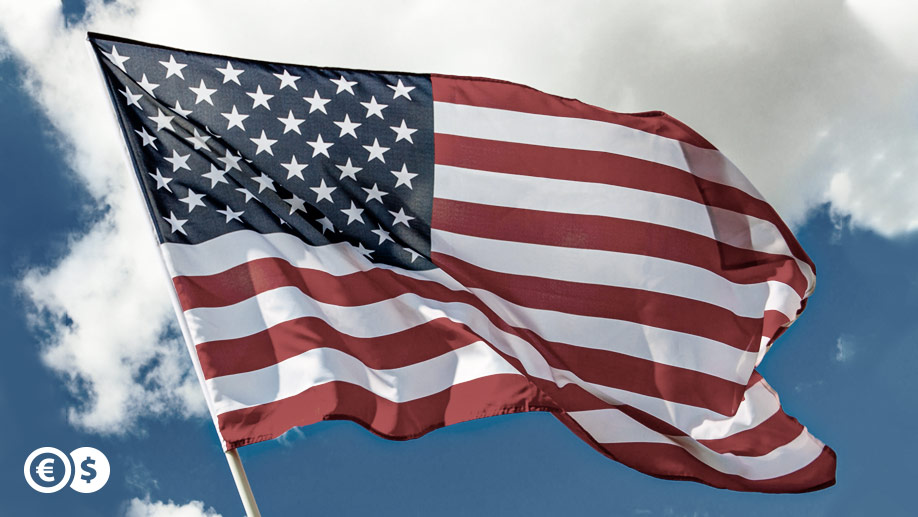
Federal Reserve System
The Federal Reserve System, also known as the Federal Reserve, or simply Fed, has power over the USD. This is the central bank of the United States.
The Federal Reserve System was established in 1913 and has been in charge of the dollar since then. The Fed Council meets eight times a year to decide, among other things, how much cash should be in circulation. If the amount is to be increased, the Fed buys government bonds from private banks. If it is decreased, the bonds are sold. Currently, it is estimated that there are more than 800 billion USD in cash in circulation.
Where can I pay in USD?
The USD is widely used all over the world. Therefore, it can be used to pay in many places, even where it is not an official means of payment. It concerns mainly the areas popular with tourists.
The US dollar is the official currency not only of the United States, but also of many other countries. These include Puerto Rico, Micronesia, Ecuador, Palau, El Salvador, East Timor, Marshall Islands, Zimbabwe, Northern Mariana Islands and Bonaire, Sint Eustatius and Saba.




